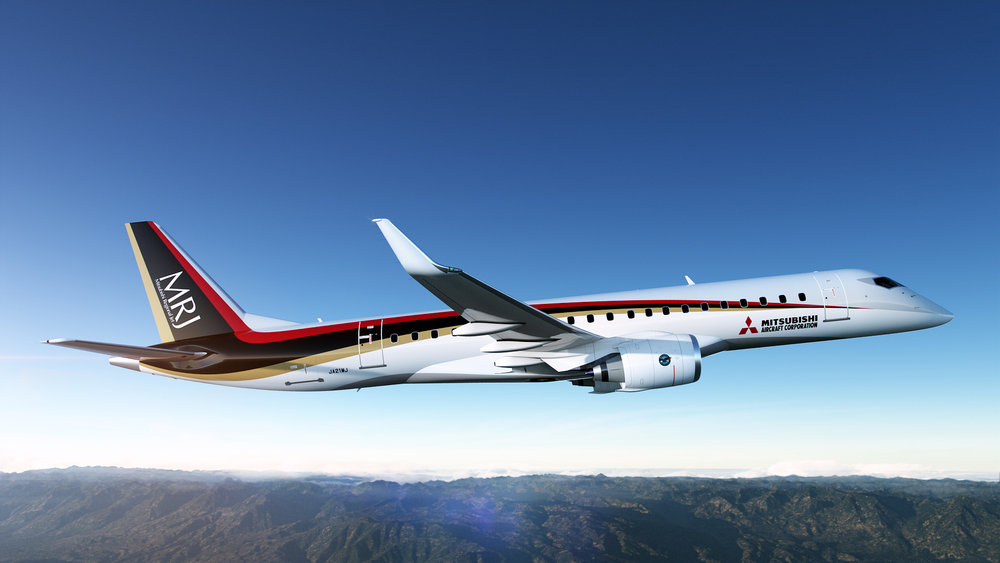Mitsubishi Regional Jet may take off in Iran

Japan's Mitsubishi Aircraft is in talks with Iran to supply the Mideast country with its regional passenger jet currently under development.
The unit of Mitsubishi Heavy Industries began market surveys into Iran last September, four months before the U.S. lifted sanctions. The Japanese company has been touching base with flag carrier Iran Air and Iran Aseman Airlines, as well as the country's aviation authorities. Mitsubishi Aircraft and the Iranian carriers are discussing purchase orders during the Farnborough Air Show, which kicked off on Monday in the London suburb.
Iran Air is weighing purchasing 80 70-seat Mitsubishi Regional Jets and using them for domestic routes. Executives from both sides also discussed a possible deal last month during the International Air Transport Association conference in Dublin.
Mitsubishi Aircraft is partnering with the Japanese government in this endeavor, aiming to make use of state-backed financing. Because Mitsubishi Aircraft is developing the 90-seat model first, the company plans to deliver the 70-seater in 2019 at the earliest.
Rivals Embraer of Brazil and Canada's Bombardier are also marketing their aircraft in Iran. Europe's Airbus has reached agreement with Iran for the purchase of 118 planes. U.S.-based Boeing announced a deal with Iran Air in late June.
Because of economic sanctions, Iran had been unable to replace aging aircraft. Tehran is planning to expand its airports and transform the city into a Mideast hub. However, several American legislators maintain a hard line against selling commercial aircraft to Iran. Both Airbus and Mitsubishi Aircraft procure many parts from the U.S.
Mitsubishi Aircraft has already secured orders for 407 jets, mainly in Japan and the U.S.. Demand has picked up after the MRJ made its maiden flight last November. Despite the stagnation in new sales due to the global economic slowdown, Mitsubishi Aircraft is stepping up its sales operation toward the goal of selling 1,000 planes.
(Source: Nikkei)
Leave a Comment